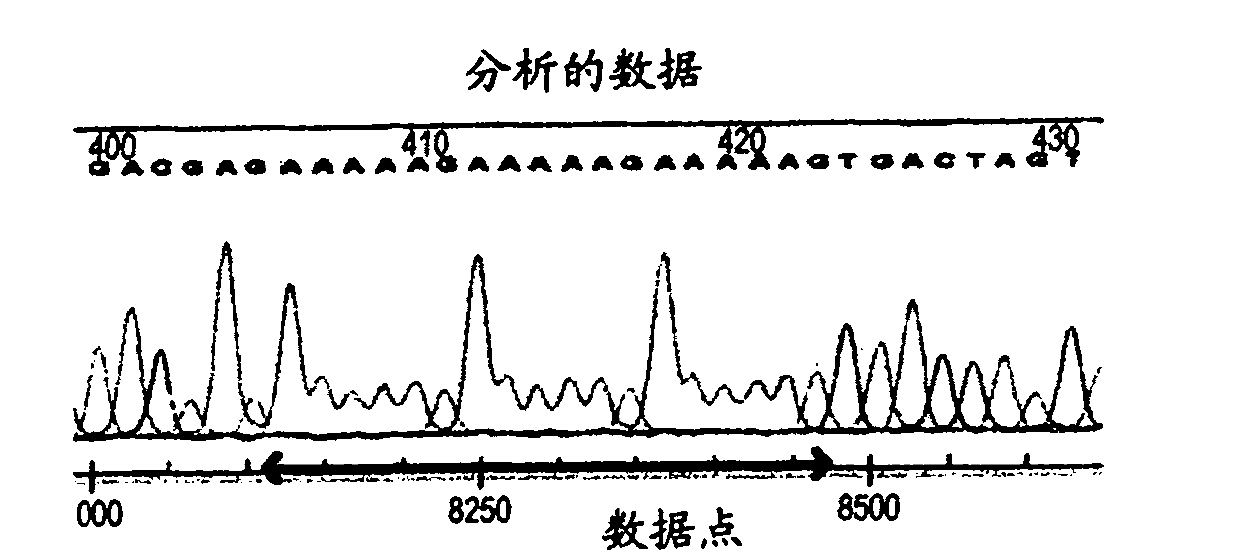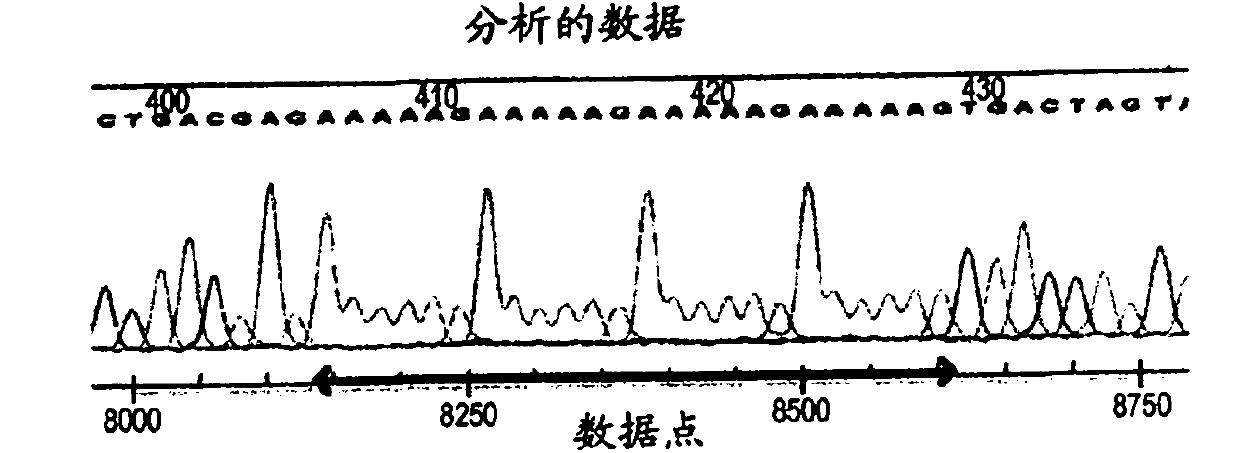Novel enzyme electrode, and fuel cell comprising the enzyme electrode
An enzyme electrode, affinity technology, applied in the field of enzyme electrode, can solve the problems of output value limitation, enzyme and reaction substrate combination limitation, etc., to achieve the effect of improving electrical energy output and efficient redox reaction
- Summary
- Abstract
- Description
- Claims
- Application Information
AI Technical Summary
Problems solved by technology
Method used
Image
Examples
Embodiment 1
[0073] In Example 1, a gene was prepared in which a codon encoding a specific amino acid residue was incorporated in a base sequence encoding the enzyme, thereby changing the enzyme that could be immobilized on the enzyme electrode according to the present invention.
[0074] Specifically, BOD as an example of an enzyme and a lysine residue as an amino acid residue that can be immobilized on the enzyme electrode according to the present invention are used to prepare a lysine residue-binding bilirubin oxidase (hereinafter referred to as "BOD") terminal gene.
[0075] First, the pMETαB vectors Lys4, Lys6, Lys8 and Lys10 incorporating four, six, eight and ten lysine residues, respectively, were prepared as BOD gene vectors, as shown in Table 1.
[0076] [Table 1]
[0077]
[0078]The gene containing the BOD gene (hereinafter referred to as "Lys4-BOD gene", "Lys6-BOD gene", "Lys8-BOD gene", "Lys10-BOD gene") is by PCR technology, using the pMETαB carrier Lys4 prepared above, ...
Embodiment 2
[0082] In Example 2, the plasmid prepared in Example 1 was transformed into Pichia Methanolica to investigate the presence or absence of BOD activity.
[0083] Using the induced cells of pMAD11, the Lys4 gene, Lys6 gene, Lys8 gene, and Lys10 gene excised with the restriction enzyme ASC1 were transformed into Pichia methanolica, respectively, and expanded in MD medium, and two colonies were obtained from each gene .
[0084] Colonies were grown with BMDY and transferred to BMMY to induce expression of BOD. To this end, ABTS (2,2'-azinobis(3-ethylbenzothiazoline-6-sulfonate) was added, and the process of the color turning green was observed to check the expression of BOD activity .results in Figure 4 shown in . Notice, Figure 4 The text DM1 and DM2 in represent the BOD not bound to lysine residues.
[0085] like Figure 5 As shown, BOD activity was confirmed in all enzymes. Therefore, in Example 2, it was confirmed that the altered protein expressed by the gene incorpora...
PUM
 Login to View More
Login to View More Abstract
Description
Claims
Application Information
 Login to View More
Login to View More - R&D
- Intellectual Property
- Life Sciences
- Materials
- Tech Scout
- Unparalleled Data Quality
- Higher Quality Content
- 60% Fewer Hallucinations
Browse by: Latest US Patents, China's latest patents, Technical Efficacy Thesaurus, Application Domain, Technology Topic, Popular Technical Reports.
© 2025 PatSnap. All rights reserved.Legal|Privacy policy|Modern Slavery Act Transparency Statement|Sitemap|About US| Contact US: help@patsnap.com



